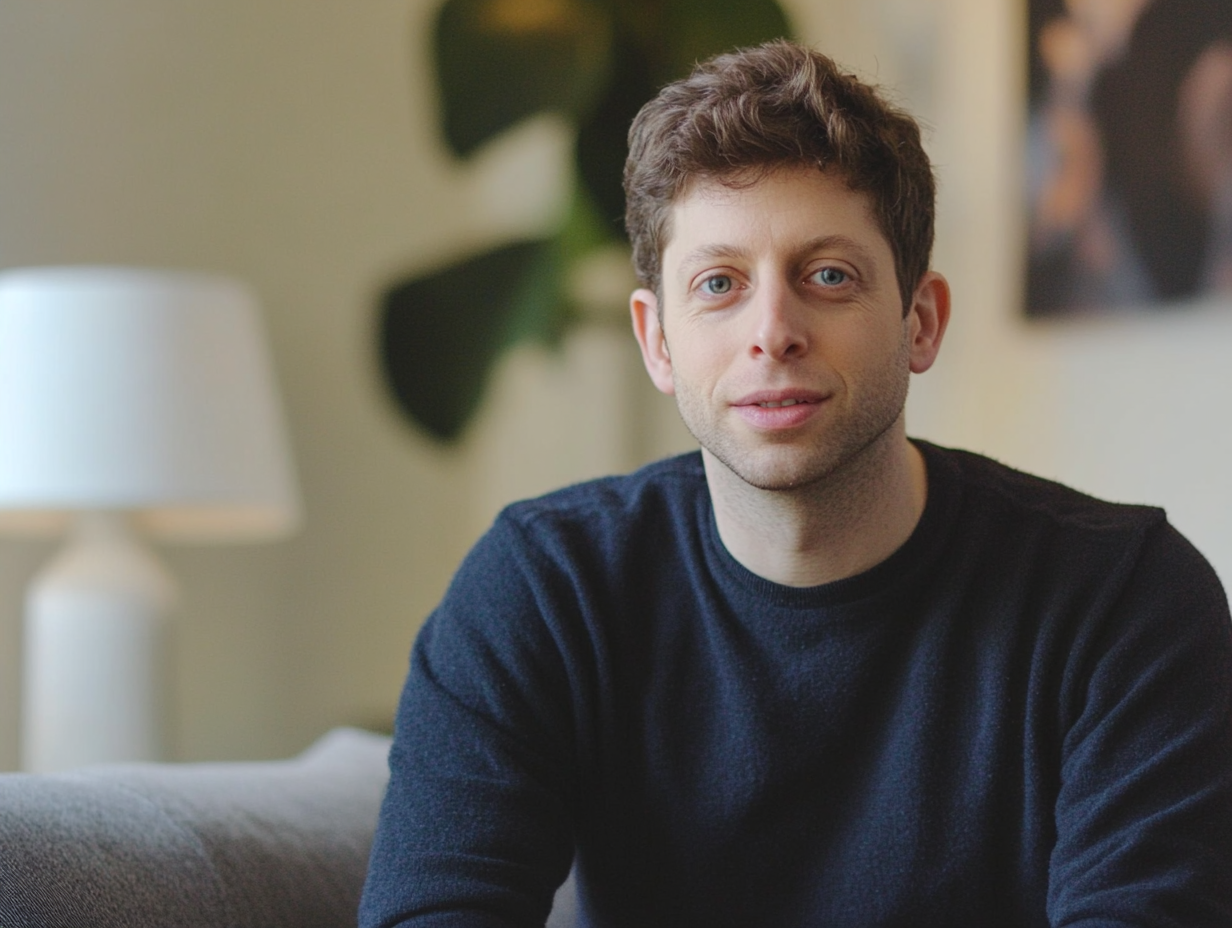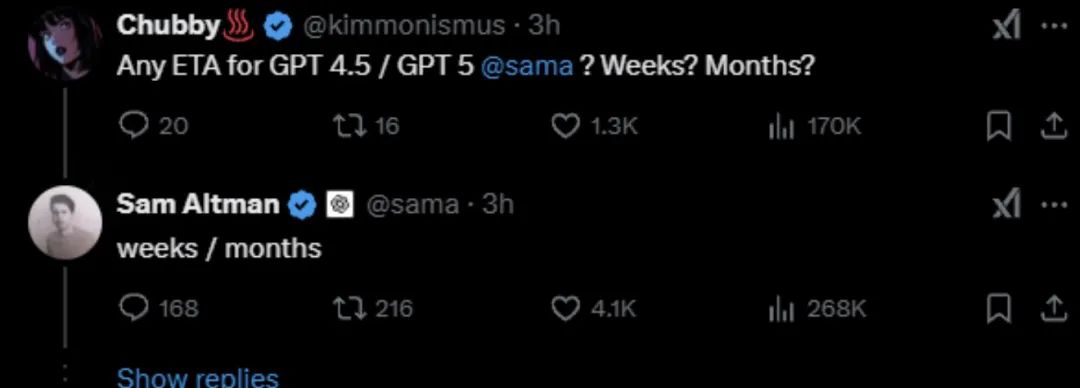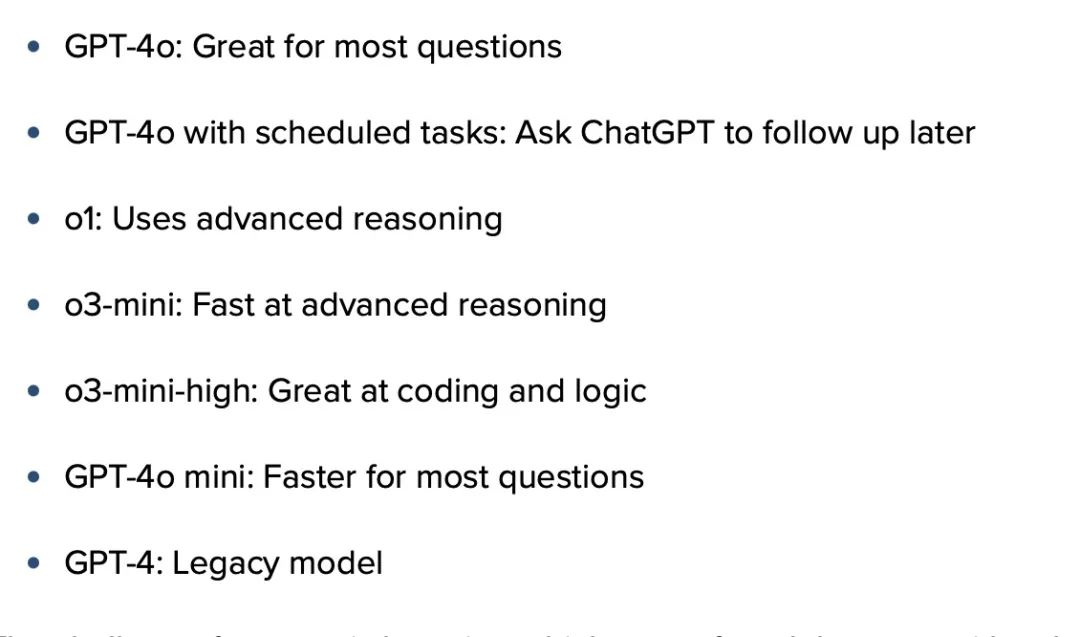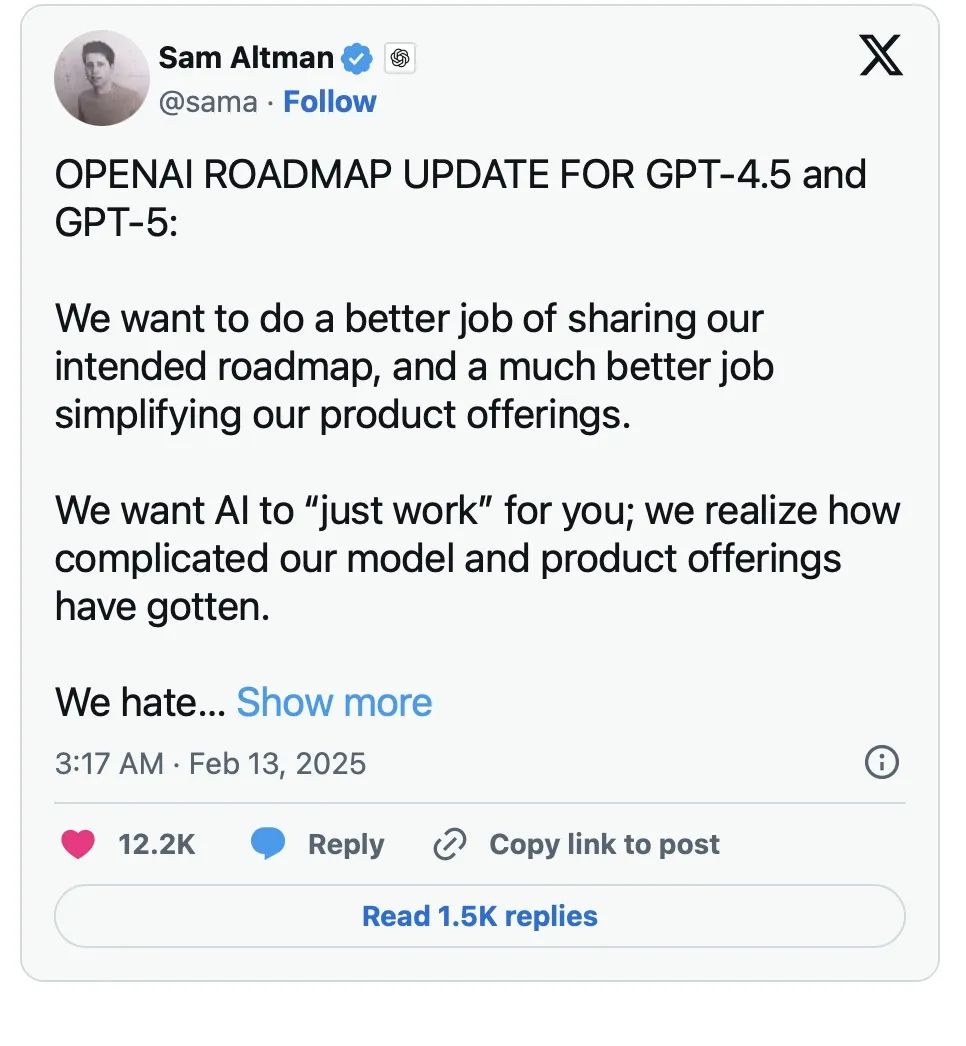 Image source: Generated by AI
Image source: Generated by AI
On February 13, OpenAI CEO Sam Ultraman issued an important statement through social media platform X today, announcing that the company will completely adjust its artificial intelligence product roadmap, cancel the originally planned independent release of the “o3” model, and switch to launch GPT-5 that integrates multiple technologies.

Note: GPT-4.5 and GPT-5 will be released in weeks and months respectively
According to Ultraman, OpenAI’s adjusted roadmap will be moved forward in two steps: GPT-4.5 (codenamed Orion) will be released as a transitional product in the next few weeks. Although it is internally regarded as the “last non-chain thinking model” and the improvement is limited, it still needs to shoulder the task of connecting the technical window; the real reformer will be GPT-5 released a few months later.
It is understood that GPT-5 will end the split state of language models and reasoning models, automatically determine when rapid response is needed and when deep thinking is initiated through dynamic task processing mechanisms, and integrate voice interaction, canvas creation, real-time search and “in-depth research” feature.
Ultraman said that free users can use the basic version of GPT-5 indefinitely, and the paid level is based on a US$20/month Plus subscription and a US$200/month Pro subscription, unlocking higher intelligence intensity and in-depth research times respectively. -This strategy not only lowers the experience threshold, but also transforms technological advantages into layered monetization capabilities.
OpenAI’s decision to suddenly adjust the product roadmap stems directly from the “model maze” that the ChatGPT platform has fallen into due to rapid iteration-multiple model versions have been intensively released in the past six months, forcing users to make repeated choices between “GPT-4o regular Q & A”,”o3-mini high-speed reasoning”,”GPT-4o mini lightweight response” and even “scheduled task version GPT-4o”.
Ultraman admitted: “The out-of-control pace of product launches is the main reason for the complexity. We realize that users should not be troubled by choosing a model-artificial intelligence should be ‘ready to use’.”

Note: OpenAI existing model road diagram
Currently, the ChatGPT Plus subscription interface is like a technical menu: GPT-4o, which focuses on general scenarios, is marked as “suitable for most problems”, and the “timed task version” that needs to be opened manually allows delayed responses; o1 and o3-mini, which focus on mathematics and logic, emphasize “advanced reasoning” and “coding capabilities” respectively;GPT-4 is still retained under the name of “classic model”.

This fragmented experience even extends to the product naming system-from the “o-series” inference model to the “GPT series” language model, users need to understand the differences between the two technical routes in order to use them efficiently.
Ultraman bluntly said in X: “We hate model selectors as much as users do, and the goal is to return to magical unified intelligence.”



